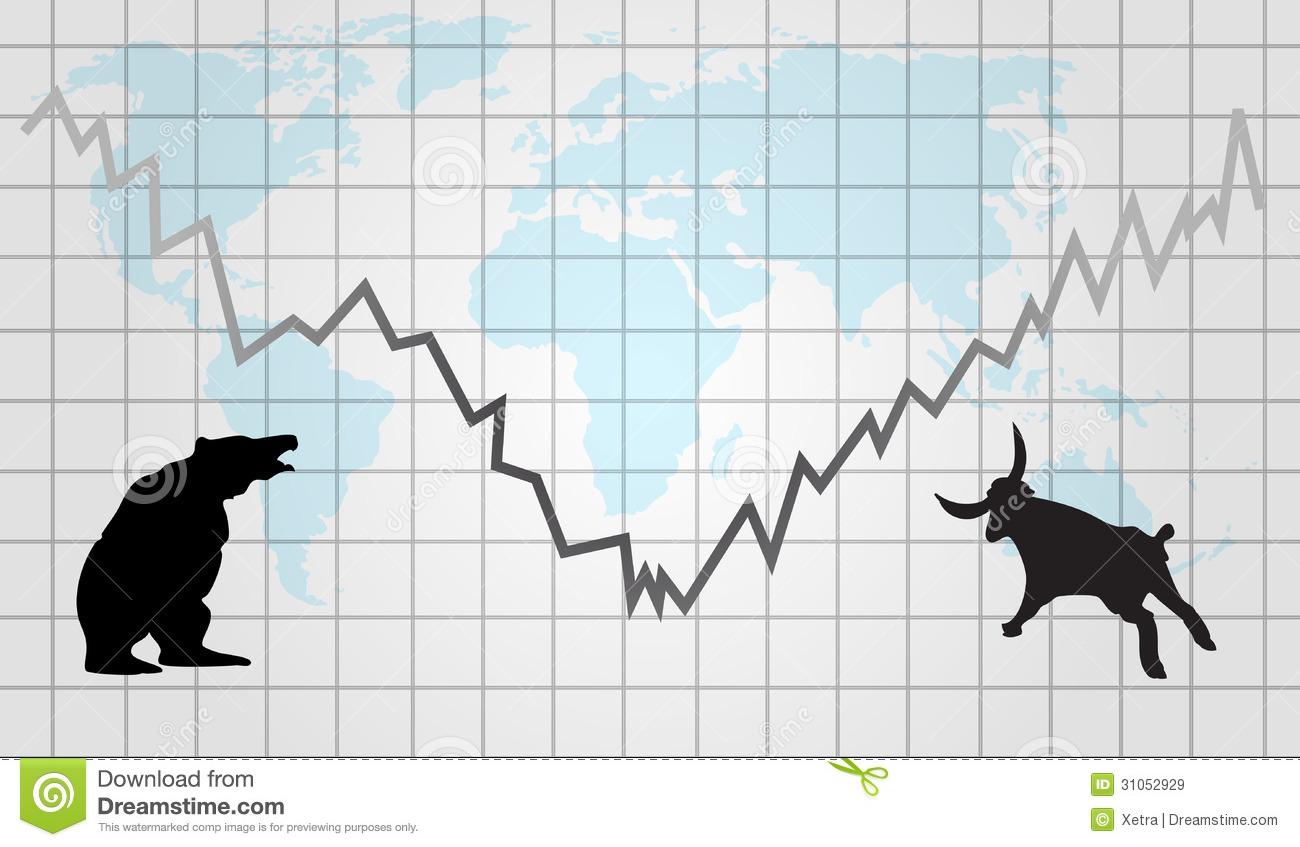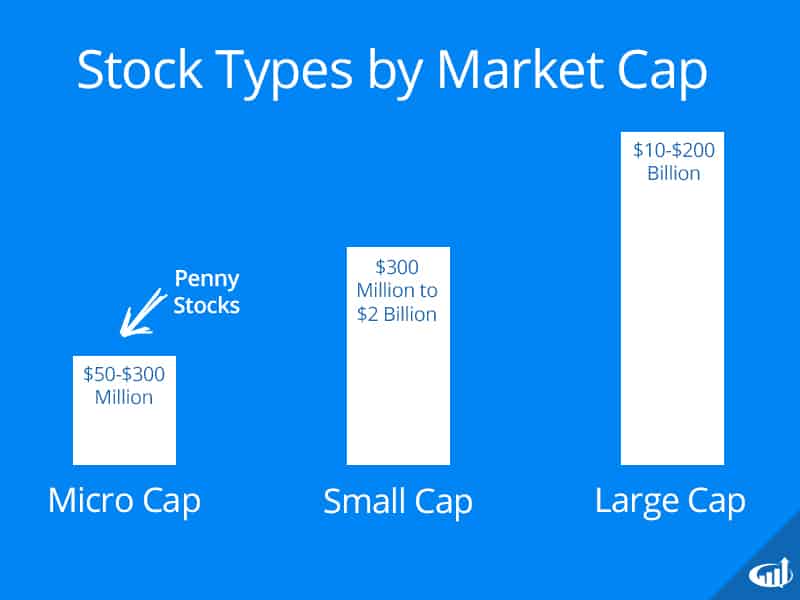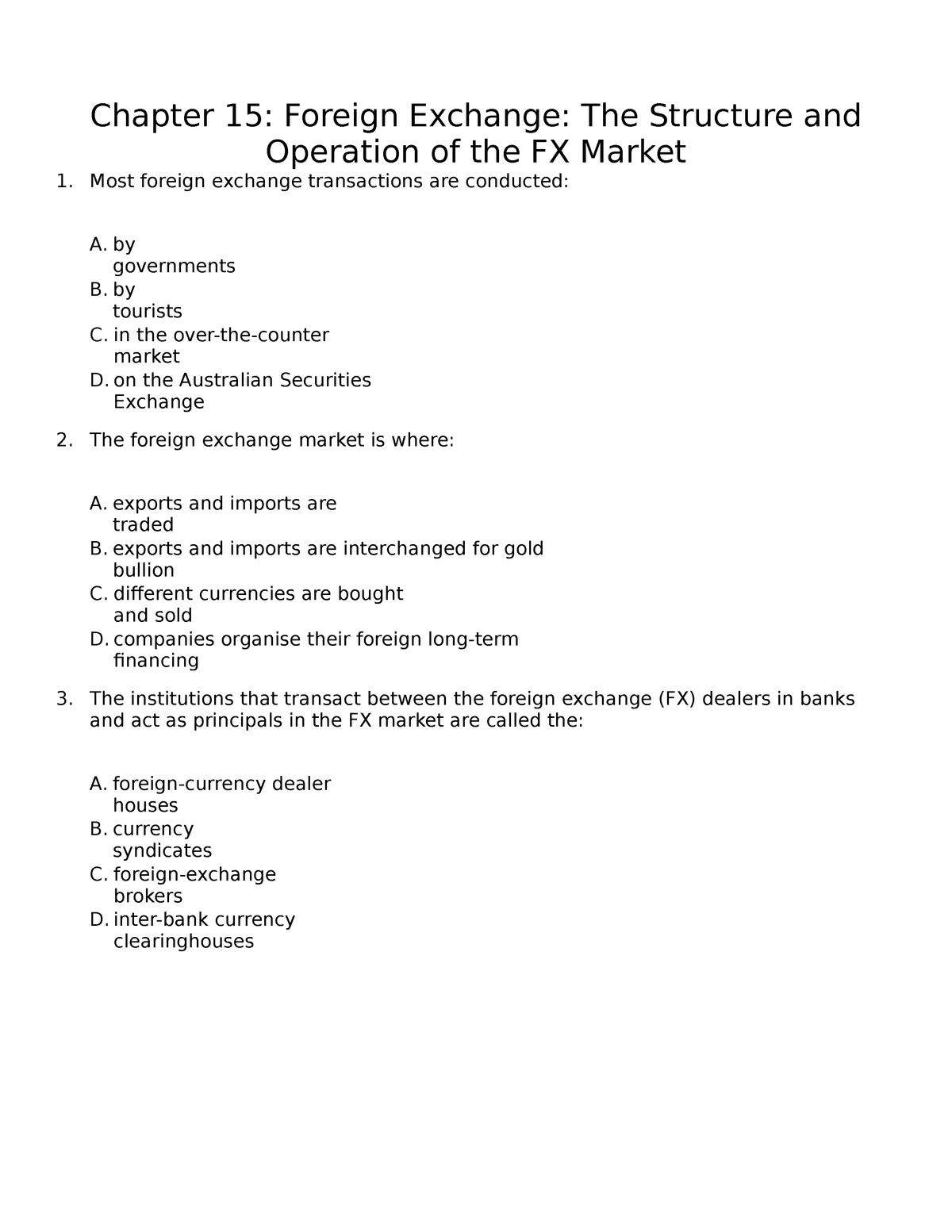
Forex hedges allow you to lower the risk of foreign exchange positions. Hedging is taking opposite positions in the currency pair or related asset. Hedging can reduce your market exposure while increasing your profits. Forex hedges may seem complicated but they are well worth looking into. This article will explain some of the most common hedging options, and help you decide which one will work for you. You'll also find common mistakes.
Hedging refers to taking opposite positions in the currency pair or related asset
While the term "hedging" may be familiar to many traders, it is not the only type of trading. Others hedges might not include exotic financial instruments and derivatives. The most common form of hedging is to take opposite positions in the same currency pair, or similar asset. For example, a farmer might decide to plant wheat during one season, but hedge his position by buying US dollars during the following growing season. If the price of wheat goes down unexpectedly, the farmer may lose money.

Hedging can reduce your exposure market risk
While investing in the market, you should be aware of the risks and benefits of hedging. We'll discuss the most common ways hedge funds could help you reduce your risk. By short selling stocks, you can offset your losses and gains. This strategy's effectiveness will depend on how similar your portfolio is. For example, if the market is at risk of collapsing, you can short sell 213 SPY S&P500 eTFs.
Hedging lowers your potential profits
Hedging helps you reduce losses on specific stocks, currencies or investments. Hedging reduces your risk on both the up- and down sides of an investment. Companies and individuals use derivatives to eliminate uncertainty. Hedging is a way to lock in a price for a delivery date far ahead of time. It can also reduce overall risk. Hedging can lower your potential profits but has many advantages.
Hedging can be tricky
Hedging is the act of hedging to reduce your risk. You might have heard of hedging before but it is complex. Although homeowners insurance protects against natural disasters, portfolio managers, individual investors and corporations can also use it. Hedged investments are different from homeowners' insurance. It involves a more complex set market strategies and financial instrument. You can hedge by making trades in multiple markets, or by buying insurance against a specific loss.
You need to have trading experience
Hedging can be a great way to reduce risk in trading but it comes with additional costs such as swap fees, commissions, spreads, and swap fees. Beginners generally do not take these costs into consideration. Forex hedging is a complex process that requires extensive analytical skills and trading experience. This article will discuss some of the key factors to consider when hedging your Forex positions. This information is not meant to be used as investment advice.

It can cause rapid losses
Effective Forex hedges are crucial to preserve earnings. A trader might purchase a put option on the same currency to hedge his position after opening a long position in NOK/JPY. The put option locks the currency's value at 'at the worst' (also known as the strike rate). The option would be exercised by the trader to sell the currency in the event that the currency's price rises. To observe if chart patterns or technical indicators develop, he may want to keep his position long.
FAQ
How are securities traded
The stock market lets investors purchase shares of companies for cash. In order to raise capital, companies will issue shares. Investors then purchase them. Investors then sell these shares back to the company when they decide to profit from owning the company's assets.
The supply and demand factors determine the stock market price. The price rises if there is less demand than buyers. If there are more buyers than seller, the prices fall.
You can trade stocks in one of two ways.
-
Directly from your company
-
Through a broker
What is the main difference between the stock exchange and the securities marketplace?
The securities market is the whole group of companies that are listed on any exchange for trading shares. This includes options, stocks, futures contracts and other financial instruments. Stock markets are usually divided into two categories: primary and secondary. Stock markets are divided into two categories: primary and secondary. Secondary stock markets are smaller exchanges where investors trade privately. These include OTC Bulletin Board Over-the-Counter and Pink Sheets as well as the Nasdaq smallCap Market.
Stock markets are important because it allows people to buy and sell shares in businesses. Their value is determined by the price at which shares can be traded. Public companies issue new shares. Investors who purchase these newly issued shares receive dividends. Dividends are payments that a corporation makes to shareholders.
Stock markets provide buyers and sellers with a platform, as well as being a means of corporate governance. The boards of directors overseeing management are elected by shareholders. The boards ensure that managers are following ethical business practices. If a board fails to perform this function, the government may step in and replace the board.
What is a Stock Exchange exactly?
Companies sell shares of their company on a stock market. This allows investors to buy into the company. The price of the share is set by the market. It is often determined by how much people are willing pay for the company.
The stock exchange also helps companies raise money from investors. Companies can get money from investors to grow. They do this by buying shares in the company. Companies use their money for expansion and funding of their projects.
There can be many types of shares on a stock market. Some are called ordinary shares. These are most common types of shares. These are the most common type of shares. They can be purchased and sold on an open market. Prices for shares are determined by supply/demand.
There are also preferred shares and debt securities. When dividends are paid, preferred shares have priority over all other shares. If a company issues bonds, they must repay them.
What is the difference between non-marketable and marketable securities?
The principal differences are that nonmarketable securities have lower liquidity, lower trading volume, and higher transaction cost. Marketable securities, on the other hand, are traded on exchanges and therefore have greater liquidity and trading volume. These securities offer better price discovery as they can be traded at all times. But, this is not the only exception. For example, some mutual funds are only open to institutional investors and therefore do not trade on public markets.
Marketable securities are more risky than non-marketable securities. They typically have lower yields than marketable securities and require higher initial capital deposit. Marketable securities are generally safer and easier to deal with than non-marketable ones.
A large corporation bond has a greater chance of being paid back than a smaller bond. The reason is that the former will likely have a strong financial position, while the latter may not.
Investment companies prefer to hold marketable securities because they can earn higher portfolio returns.
What is a bond?
A bond agreement between 2 parties that involves money changing hands in exchange for goods or service. Also known as a contract, it is also called a bond agreement.
A bond is normally written on paper and signed by both the parties. This document contains information such as date, amount owed and interest rate.
The bond is used for risks such as the possibility of a business failing or someone breaking a promise.
Bonds are often used together with other types of loans, such as mortgages. The borrower will have to repay the loan and pay any interest.
Bonds can also help raise money for major projects, such as the construction of roads and bridges or hospitals.
A bond becomes due when it matures. When a bond matures, the owner receives the principal amount and any interest.
Lenders are responsible for paying back any unpaid bonds.
Can bonds be traded?
Yes, they do! Like shares, bonds can be traded on stock exchanges. They have been for many years now.
The main difference between them is that you cannot buy a bond directly from an issuer. You will need to go through a broker to purchase them.
This makes buying bonds easier because there are fewer intermediaries involved. This means that selling bonds is easier if someone is interested in buying them.
There are several types of bonds. There are many types of bonds. Some pay regular interest while others don't.
Some pay quarterly, while others pay interest each year. These differences allow bonds to be easily compared.
Bonds are very useful when investing money. If you put PS10,000 into a savings account, you'd earn 0.75% per year. This amount would yield 12.5% annually if it were invested in a 10-year bond.
If all of these investments were put into a portfolio, the total return would be greater if the bond investment was used.
Is stock a security that can be traded?
Stock is an investment vehicle that allows you to buy company shares to make money. This can be done through a brokerage firm that helps you buy stocks and bonds.
You can also directly invest in individual stocks, or mutual funds. There are more than 50 000 mutual fund options.
These two approaches are different in that you make money differently. With direct investment, you earn income from dividends paid by the company, while with stock trading, you actually trade stocks or bonds in order to profit.
In both cases, ownership is purchased in a corporation or company. However, if you own a percentage of a company you are a shareholder. The company's earnings determine how much you get dividends.
Stock trading allows you to either short-sell or borrow stock in the hope that its price will drop below your cost. Or you can hold on to the stock long-term, hoping it increases in value.
There are three types stock trades: put, call and exchange-traded funds. Call and put options allow you to purchase or sell a stock at a fixed price within a time limit. Exchange-traded funds are similar to mutual funds except that instead of owning individual securities, ETFs track a basket of stocks.
Stock trading is very popular because it allows investors to participate in the growth of a company without having to manage day-to-day operations.
Although stock trading requires a lot of study and planning, it can provide great returns for those who do it well. If you decide to pursue this career path, you'll need to learn the basics of finance, accounting, and economics.
Statistics
- For instance, an individual or entity that owns 100,000 shares of a company with one million outstanding shares would have a 10% ownership stake. (investopedia.com)
- The S&P 500 has grown about 10.5% per year since its establishment in the 1920s. (investopedia.com)
- US resident who opens a new IBKR Pro individual or joint account receives a 0.25% rate reduction on margin loans. (nerdwallet.com)
- "If all of your money's in one stock, you could potentially lose 50% of it overnight," Moore says. (nerdwallet.com)
External Links
How To
How to create a trading plan
A trading plan helps you manage your money effectively. This allows you to see how much money you have and what your goals might be.
Before you create a trading program, consider your goals. It may be to earn more, save money, or reduce your spending. If you're saving money you might choose to invest in bonds and shares. You can save interest by buying a house or opening a savings account. If you are looking to spend less, you might be tempted to take a vacation or purchase something for yourself.
Once you have a clear idea of what you want with your money, it's time to determine how much you need to start. This depends on where your home is and whether you have loans or other debts. You also need to consider how much you earn every month (or week). Income is the sum of all your earnings after taxes.
Next, you will need to have enough money saved to pay for your expenses. These expenses include rent, food, travel, bills and any other costs you may have to pay. These all add up to your monthly expense.
Finally, you'll need to figure out how much you have left over at the end of the month. This is your net available income.
You now have all the information you need to make the most of your money.
Download one from the internet and you can get started with a simple trading plan. Or ask someone who knows about investing to show you how to build one.
For example, here's a simple spreadsheet you can open in Microsoft Excel.
This displays all your income and expenditures up to now. It also includes your current bank balance as well as your investment portfolio.
Another example. This was created by a financial advisor.
It will let you know how to calculate how much risk to take.
Do not try to predict the future. Instead, you should be focusing on how to use your money today.